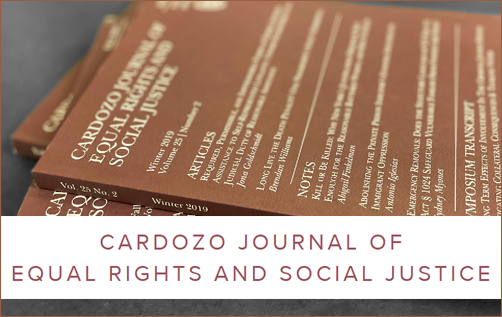Document Type
Blog Post
Publication Date
3-6-2023
Graduation Year
2024
Abstract
In 1948, the United Nations General Assembly recognized the universal right of safety from persecution for the first time in history. The Universal Declaration of Human Rights was a response to the horrors of World War II and the Holocaust and set out fundamental human rights that states ought to protect. Among them, the right to seek asylum – or safety from persecution. This right was enshrined in the 1951 Refugee Convention and again in the 1967 Protocol. The core principle of this right is non-refoulment: a refugee should not be returned to a country where they face serious threats to their life or freedom. This principle was codified in United States’ federal law with the passage of the Refugee Act of 1980, when the aftermath of the Vietnam War prompted American legislators to grapple with how to respond to hundreds of thousands of Vietnamese and Cambodians seeking relief from political chaos and physical harm. As of this writing, there is a backlog of least 1,565,966 individuals awaiting asylum hearings in the United States. To be eligible for asylum, an applicant must meet the definition of “refugee” in the Immigration and Nationality Act (INA). A refugee must prove that they face persecution or a well-founded fear of persecution on account of race, religion, nationality, membership in a particular social group, or political opinion. A person who believes they qualify as a refugee may seek asylum in the U.S. by arriving at a U.S. border and asking to be screened by a U.S. official at a port of entry, or by entering the U.S. without inspection and claiming they fear persecution.
This post was originally published on the Cardozo Journal of Equal Rights and Social Justice website on March 6, 2023. The original post can be accessed via the Archived Link button above.
Recommended Citation
Amaral, Gabriela, "An Unsustainable Process: A Proposal to Expand Work Authorization to Prospective Asylees" (2023). Cardozo Journal of Equal Rights and Social Justice (ERSJ) Blog. 48.
https://larc.cardozo.yu.edu/ersj-blog/48



